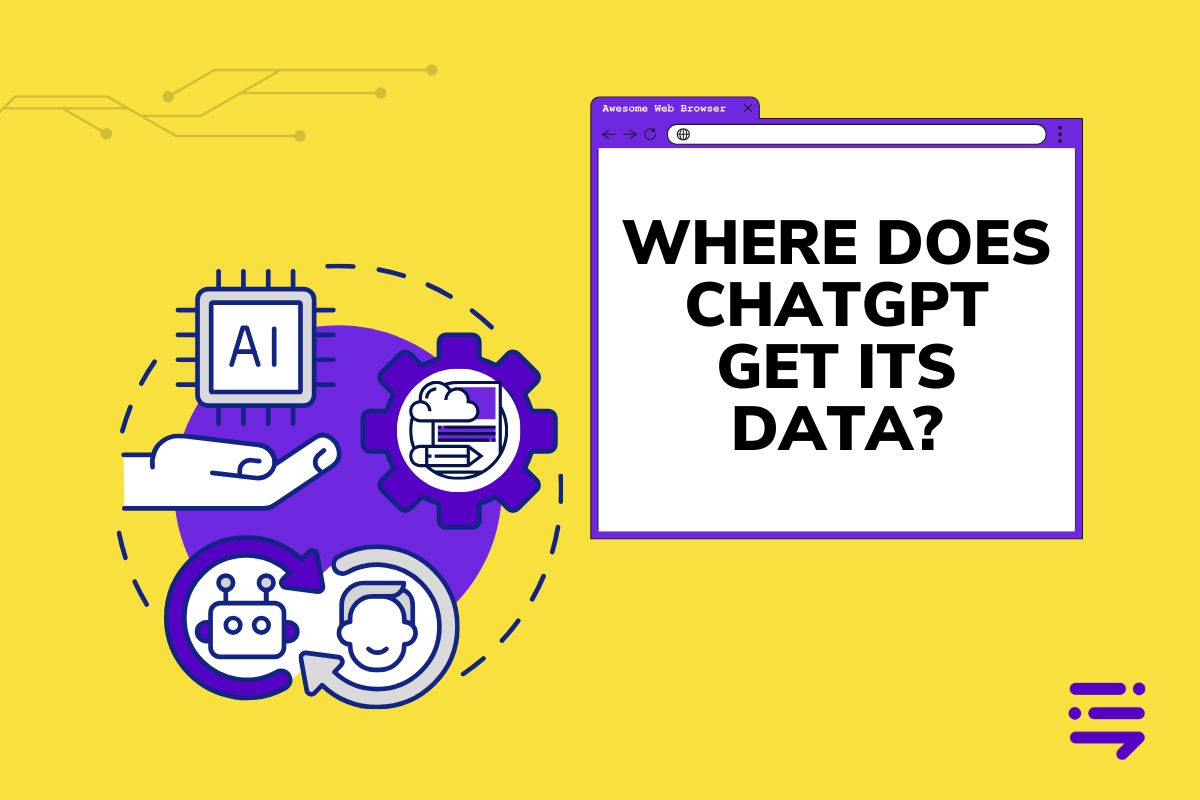
Maximize Efficiency in E-Commerce with Chatbot Automation for Customer Service
Implement chatbot automation for e-commerce customer service inquiries to improve efficiency and enhance customer satisfaction.
Related Blog Articles

What is Prose Writing? A Complete Guide for Beginners
Discover what is prose writing, its types, and tips to enhance your storytelling. Learn how good prose can elevate your business content today!

How to Quote a Book: Cite Sources Like a Pro
Learn how to quote a book properly in your writing. Discover the essential elements, formatting rules, and examples for accurately citing book sources.

How to Jailbreak ChatGPT with DAN, STAN, AIM Prompts
Unlock the full potential of AI with our guide on how to jailbreak ChatGPT, exploring hidden features and bypassing limitations.

Where Does ChatGPT Get Its Data?
Uncover the mystery of where does ChatGPT get its data and how it crafts responses that mimic human conversation. Dive into the AI's knowledge base!

What Jobs Will AI Replace? A Comprehensive Outlook
Explore how artificial intelligence is reshaping careers worldwide in our guide on what jobs will AI replace, from healthcare to retail.

What is a Preposition and Its Usage?
Dive into the world of grammar as we explore "what is a preposition," its uses, and impact on language. Learn with engaging examples and tips!

